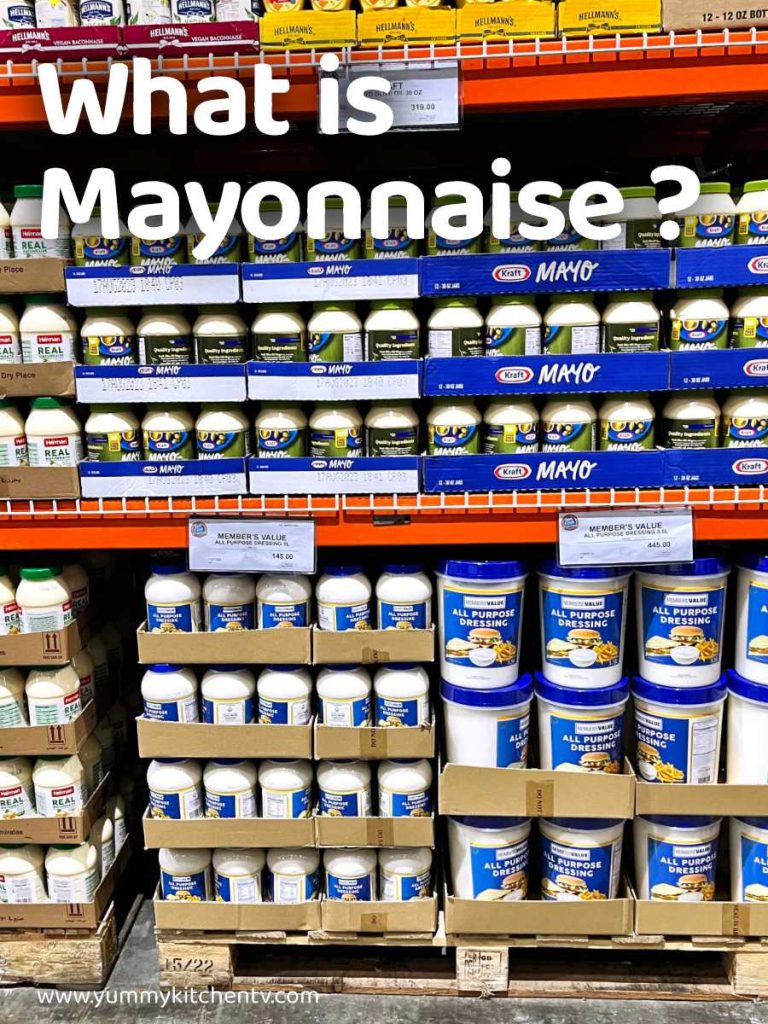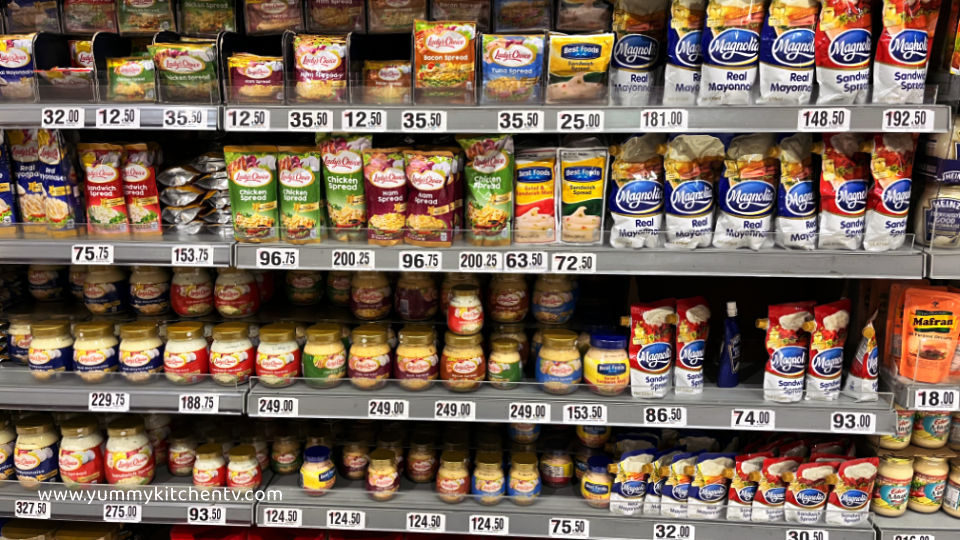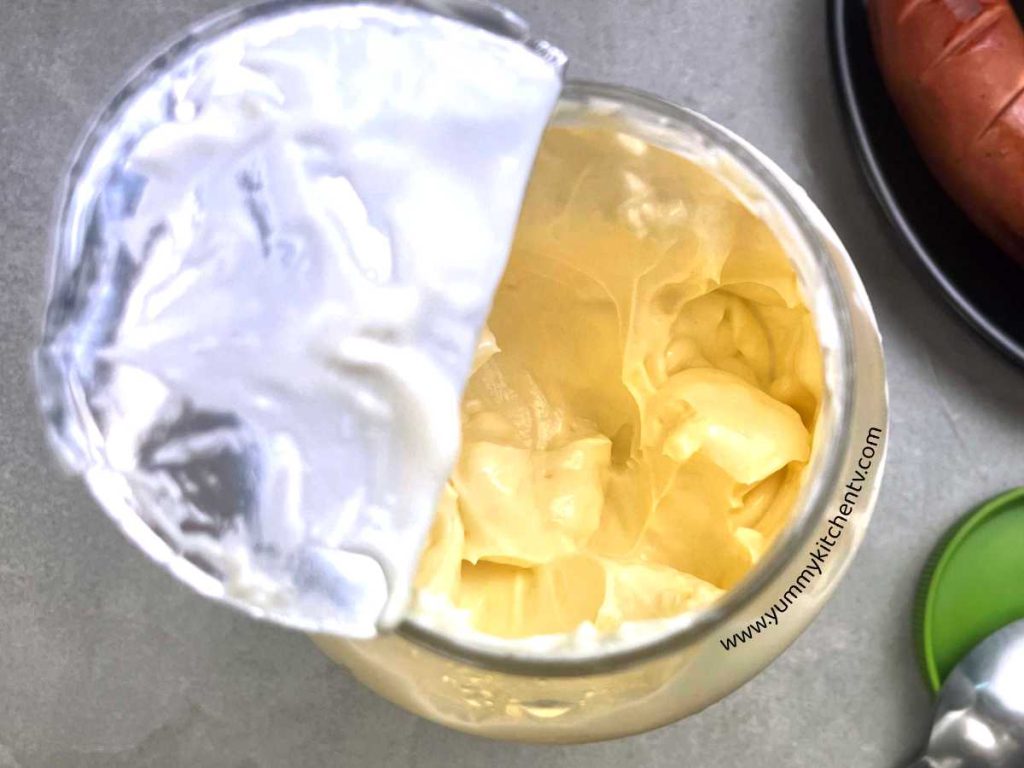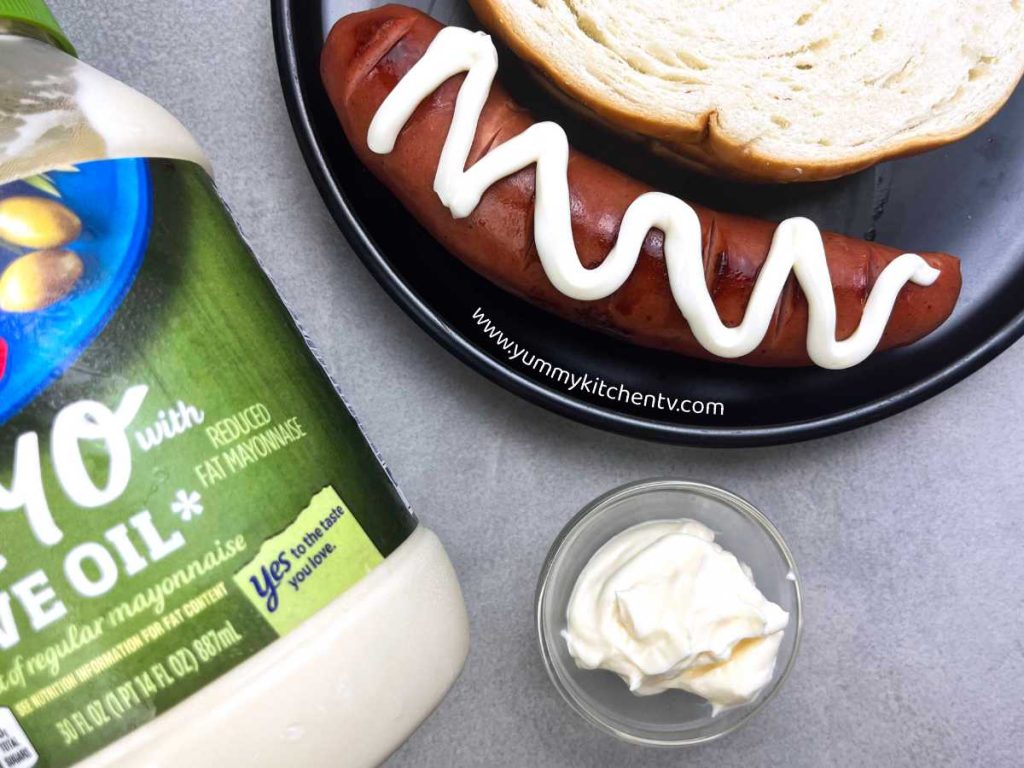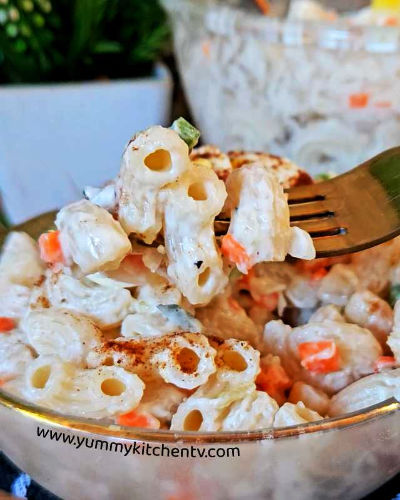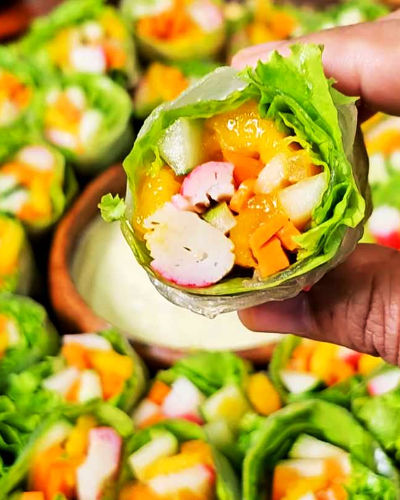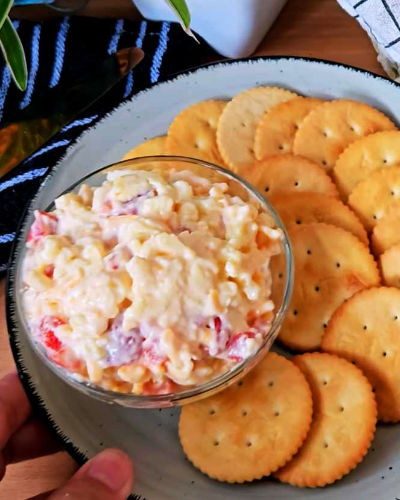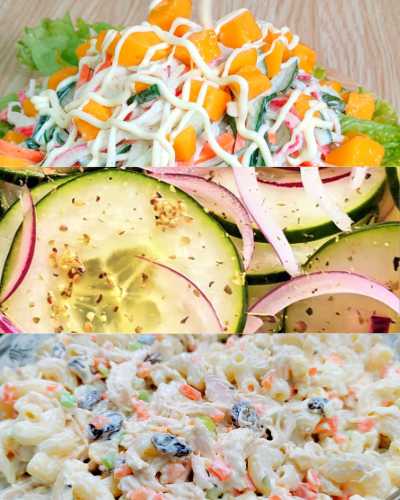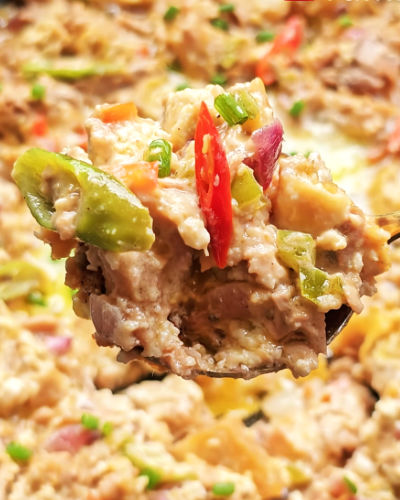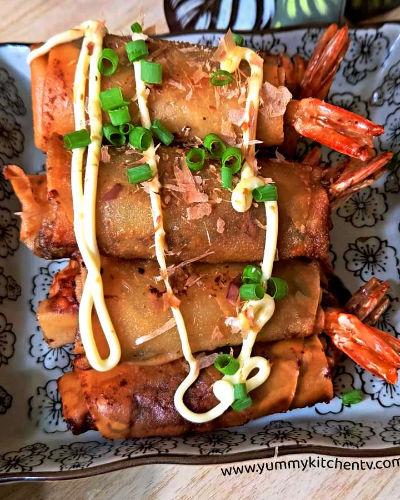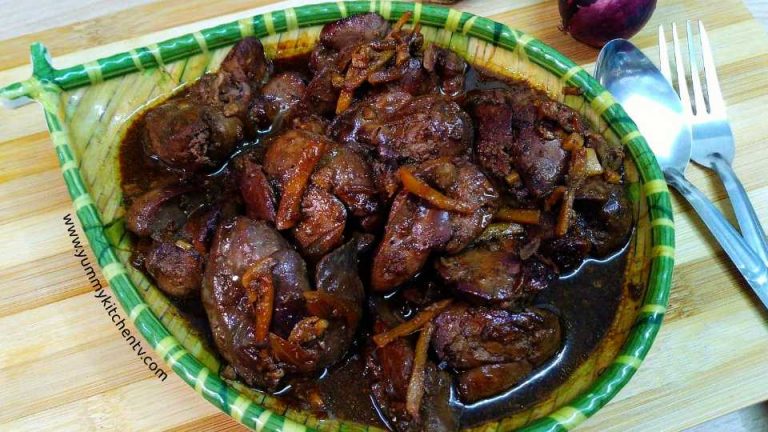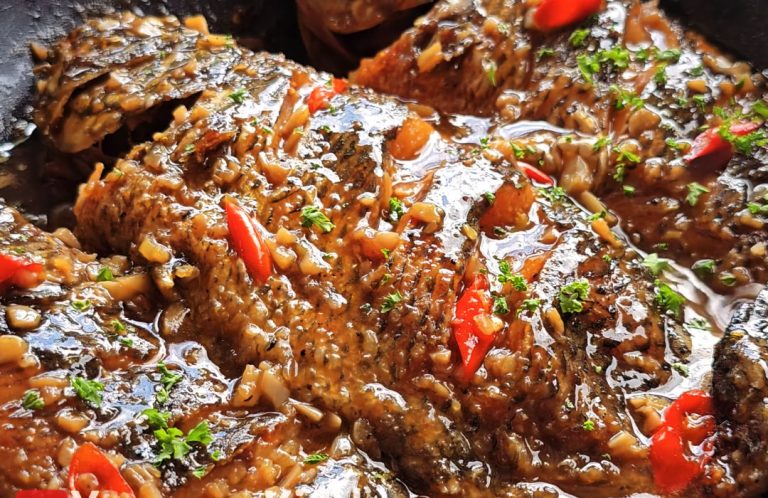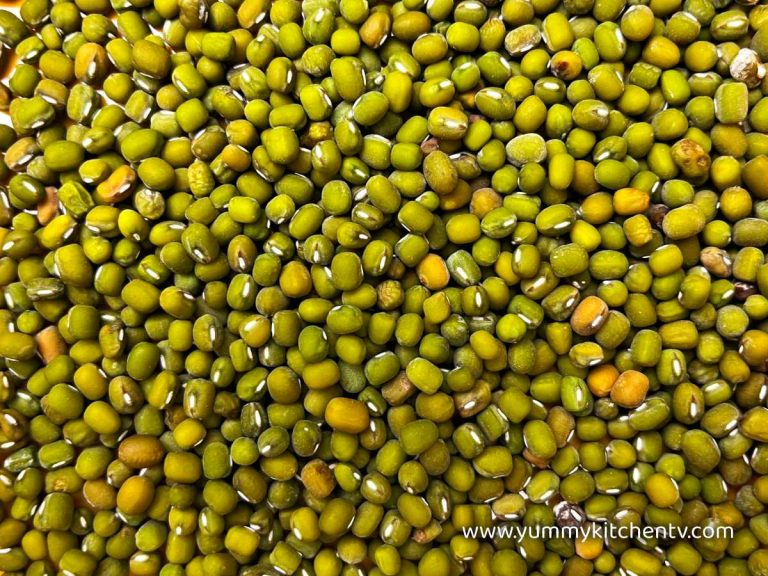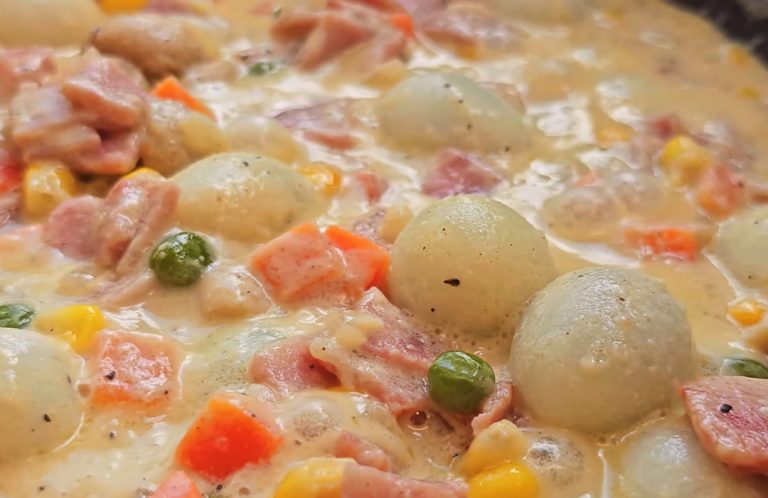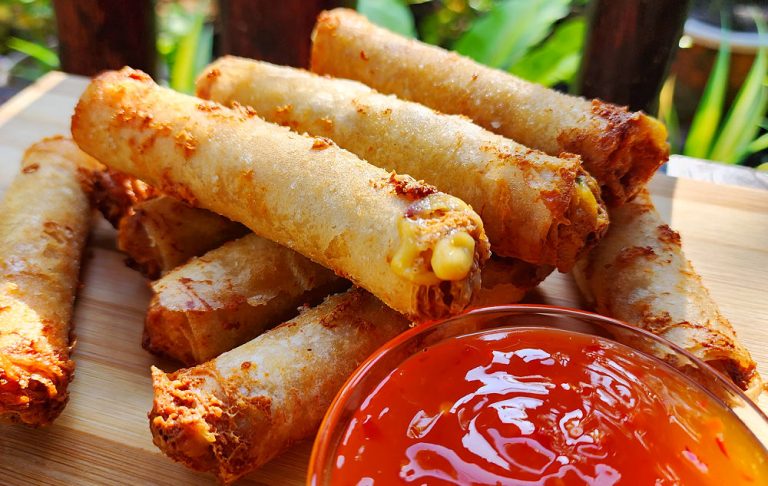Mayonnaise – History, Uses, and Alternatives
Zesty, smooth and versatile. The Mayonnaise, shortened to ‘Mayo’, is a cold, thick, creamy white with a slight tinge of yellow colored condiment used in sandwiches, salads, fries, added into other sauces, dressings, added as a special ingredient into cakes to keep them moist, or used as a topping in some savory dishes. You can find ready to use mayonnaise in grocery stores, convenience stores, or just over the counter at fast food restaurants. But for those interested, you can also make your own mayo at home with just a few ingredients and can even make them vegan or gluten free, or make them flavored by adding spices or aromatics like mustard or garlic. But what exactly is mayo and why is it a must-have in every pantry?
A short Introduction
Who invented mayonnaise and in what year? “Mayo”, mayonnaise pronunciation ‘may-uh-nayz’ is one of the most popular condiments used all over the world. Created around the 1800’s, this is said to be made by Ancient Romans and Egyptians by mixing a combination of eggs and olive oil since these were considered a dietary supplement back then. Some say it was invented by a French Chef who needed to make a sauce for the victory fest of capturing Port Mahon an island of Menorca, Spain. It was made due to not having cream to add with the eggs which were the typical ingredients of sauces then, he improvised the sauce and substituted the cream with olive oil. It was well received and dubbed “mayonnaise” from its birthplace. Though some historians state that this came from Spaniards whom the French chef got the idea from. Though most of the credit goes to Marie-Antonie Careme, another French chef who improved the recipe and technique by blending vegetable oil and yolks, whisking till it turns into an emulsion.
From big jars to on the go or over the counter mayonnaise packets here are popular brands: “Hellmann’s Best Foods mayonnaise”, “Chosen foods”, the Japanese brand “Kewpie mayonnaise”, “Sir Kengsingtons”, “Primal Kitchen”, and many more. But you can also find that most of the ingredients to make them at home are readily available. Homemade mayonnaise recipes or the main mayonnaise ingredients are just eggs and oil, sometimes with the addition of acidic liquids to help it last longer like lemon or vinegar, and or flavorings such as herbs or aromatics like garlic. From the base you can add more or less to make low sodium mayonnaise or even gluten-free (compared to store bought that sometimes add flour as an extra thickener) mayo, some can even make vegan mayonnaise or egg-less versions for those who have egg allergies or need to limit their cholesterol intake.
It has an all purpose use; adding these in sandwiches, salad dressing, burgers, dips or toppings, tartar sauce, ranch, salsa, marinade, as a binder for other sauces, marinade, and even adding these into cakes to help keep the moisture in and give it a nice velvety texture. Depending on which country you go to, there are many uses of this versatile ingredient.
Mayonnaise substitute
Out of mayo? Try out some of these alternatives:
- Sour cream – a more refreshingly tart take, though less savory.
- Greek yogurt – similar to sour cream but less tart and more sweet.
- Avocado – for the health conscious, an option that can give you that thicker creaminess some of the options lack.
- Olive oil – a healthy vegan alternative, though not creamy it’s a great substitute to use for dressings, pasta salads, and or dips.
- Mustard – for a low calorie tangy and spicy substitute.
- Hummus – has a smooth texture and rich flavor that you can easily swap with or from mayo.
- Tahini – similar to hummus but with a nutty taste.
Is Mayonnaise Healthy?
Mayonnaise carbs are around 6 grams per 100 grams, which is generally low depending on how much you would use, especially if it’s just added into sandwiches for some extra sauce. Unlike what most people think, this is not exactly a bad food, being a good source of Vitamin E, K, and some omega-3 fatty acids. Depending on the type of mayo being low sodium, using olive oil or any other oils, is gluten free, and is eaten in moderation this condiment is not bad for the body.
Can dogs eat mayonnaise? Though it seems that they love it, too much can cause health problems to the dog’s body especially to the pancreas.
Philippine’s uses for mayo
Mayo not to be confused with the popular 5 person “Mayonnaise band” with songs like “Jopay”, “Still into you” and “143” just being a few of the most popular Mayonnaise songs. Filipinos have a love for sauces and cream, which makes this ingredient one of the topmost staple products found in the fridge alongside ketchup, soy sauce, and other essentials. Popular brands are Lady’s Choice that are Filipino made, Kewpie, Landers, Kraft, Eden, Best Foods, and Heinz. You can find them used to make cold pasta salad, breads, cakes, in or over deep fried food, and in many more recipes such as:


